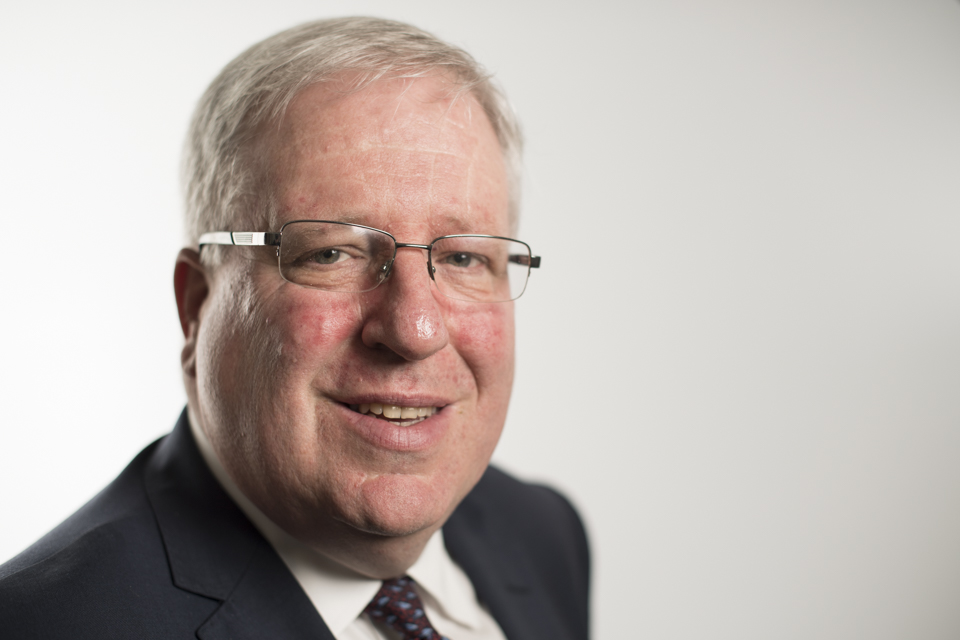High speed rail
Announcing the HS2 phase two route that will link Birmingham with Manchester, the East Midlands, Sheffield and Leeds

High speed 2 is the engine for growth that Britain needs to compete and succeed in the global economy. It will generate jobs, rebalance the economy and secure the country’s future prosperity.
In January 2012, the government announced the HS2 route that will link London and Birmingham, known as phase one, following a thorough consultation. Today, I am publishing my initial preferred route, station and depot options for phase two linking Birmingham with Manchester, the East Midlands, Sheffield and Leeds.
There will be a comprehensive programme of engagement on all aspects of phase two and a public consultation, planned originally for 2014, has been brought forward to begin ahead of schedule this year.
A command paper published this morning, ‘High speed rail: investing in Britain’s future phase two - the route to Leeds, Manchester and beyond, details the government’s initial preferred route for 211 miles of new track and stations in the following locations:
- Manchester (alongside the existing city centre terminal at Manchester Piccadilly)
- Manchester Airport (linked directly to Manchester Airport’s three terminals)
- Leeds (in the South Bank area of the city centre)
- South Yorkshire (at Sheffield Meadowhall, alongside the M1)
- East Midlands (between Nottingham and Derby at Toton, alongside the M1)
In addition, Crewe will be connected directly with the high speed line via a dedicated link. HS2 will be integrated with the existing national railway network allowing cities and towns in England and Scotland beyond the high speed tracks – including Liverpool, Glasgow, Edinburgh, Newcastle, York, Preston, Warrington, Lancaster, Carlisle, Durham and Darlington – to benefit also from new connections and dramatic time savings thanks to trains able to use both conventional and high speed railway lines.
HS2 means our railway network will have the capacity to cope with ever increasing numbers of passengers and free up space on existing rail lines for more commuter, rural and freight services, meaning fewer cars and lorries on our roads.
We will deliver a fair deal for people whose homes, land or businesses will be affected by construction by continuing to offer a generous compensation package and investing millions in tunnels and other mitigation measures. That is why we are also launching today a public consultation on an exceptional hardship scheme to assist property owners and compensate people fairly. This is an interim scheme; longer term compensation proposals will be developed in the future as they have been for phase one.
Construction on HS2 will begin in four years and phase one will open to passengers in 13 years. Phase two will open six years after that.
A series of supporting documents setting out in detail the Department for Transport’s phase two proposals are available.
Related documents
HS2 phase two initial preferred route
- High speed rail: investing in Britain’s future phase two - the route to Leeds, Manchester and beyond
- High speed rail: investing in Britain’s future phase two - the route to Leeds, Manchester and beyond summary
- HS2 phase two initial preferred scheme sustainability summary
- HS2 phase two initial preferred route plan and profile maps
HS2 phase two consultation
HS2 Ltd advice to government on phase two of HS2
- Options for phase two of the high speed rail network
- Options for phase two of the high speed rail network appraisal of sustainability
- Record of stakeholder engagement for phase two of the high speed rail network
- HS2 cost and risk model report
- Options for phase two of the high speed rail network approach to design
- HS2 phase two engineering options report West Midlands to Manchester
- HS2 phase two engineering options report West Midlands to Leeds
- HS2 phase two engineering options report Heathrow
- Selecting an initial preferred scheme for HS2 phase two refinement work since March 2012
- Updated economic case for HS2 (August 2012) explanation of the service patterns
Delivery partner reports to government on phase two of HS2
- From rail town to high speed rail city: a vision for Crewe
- Economic impact of HS2 to Derby summary report
- Maximising the economic impact of HS2 investment in Sheffield